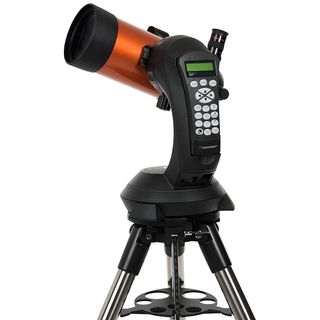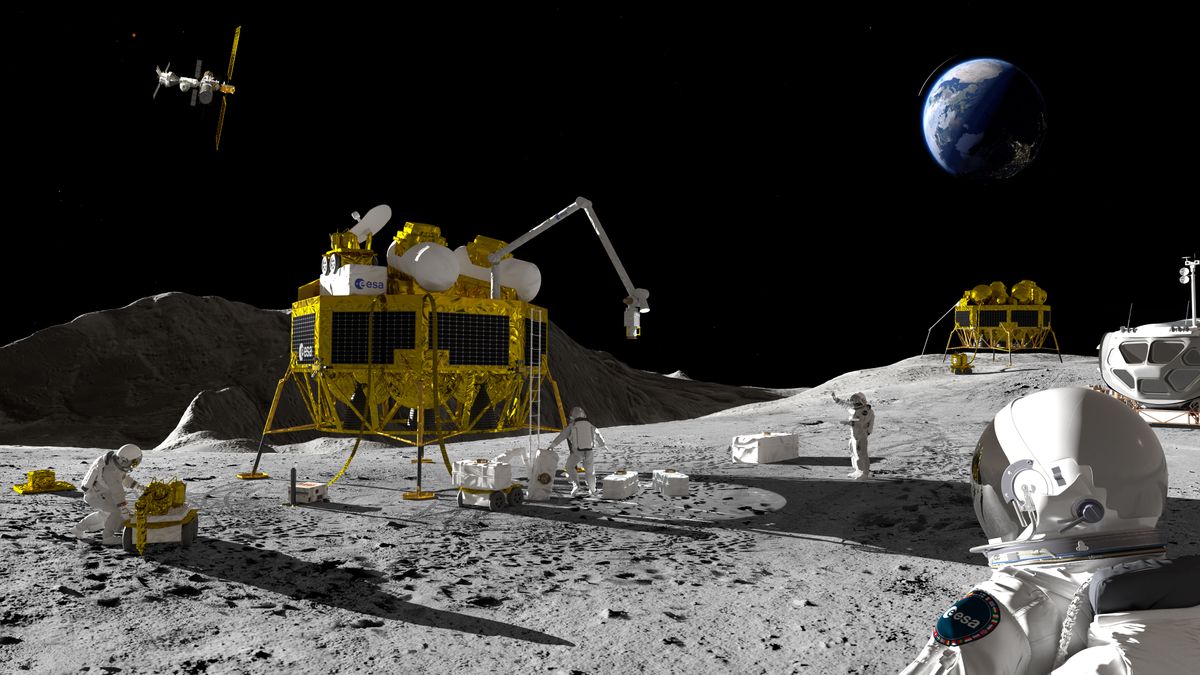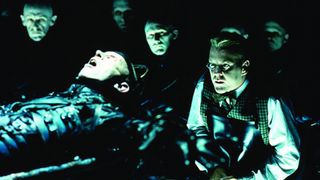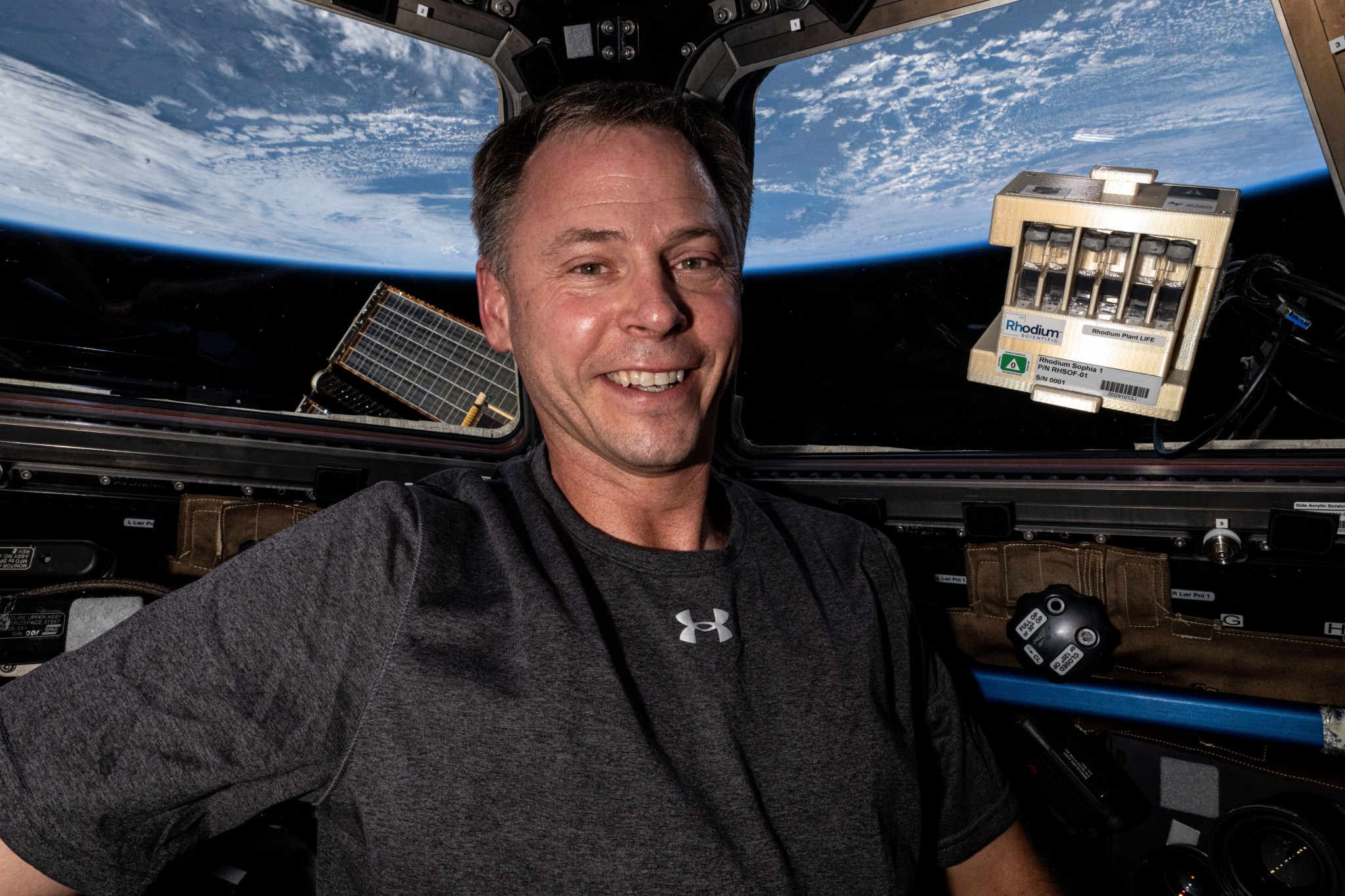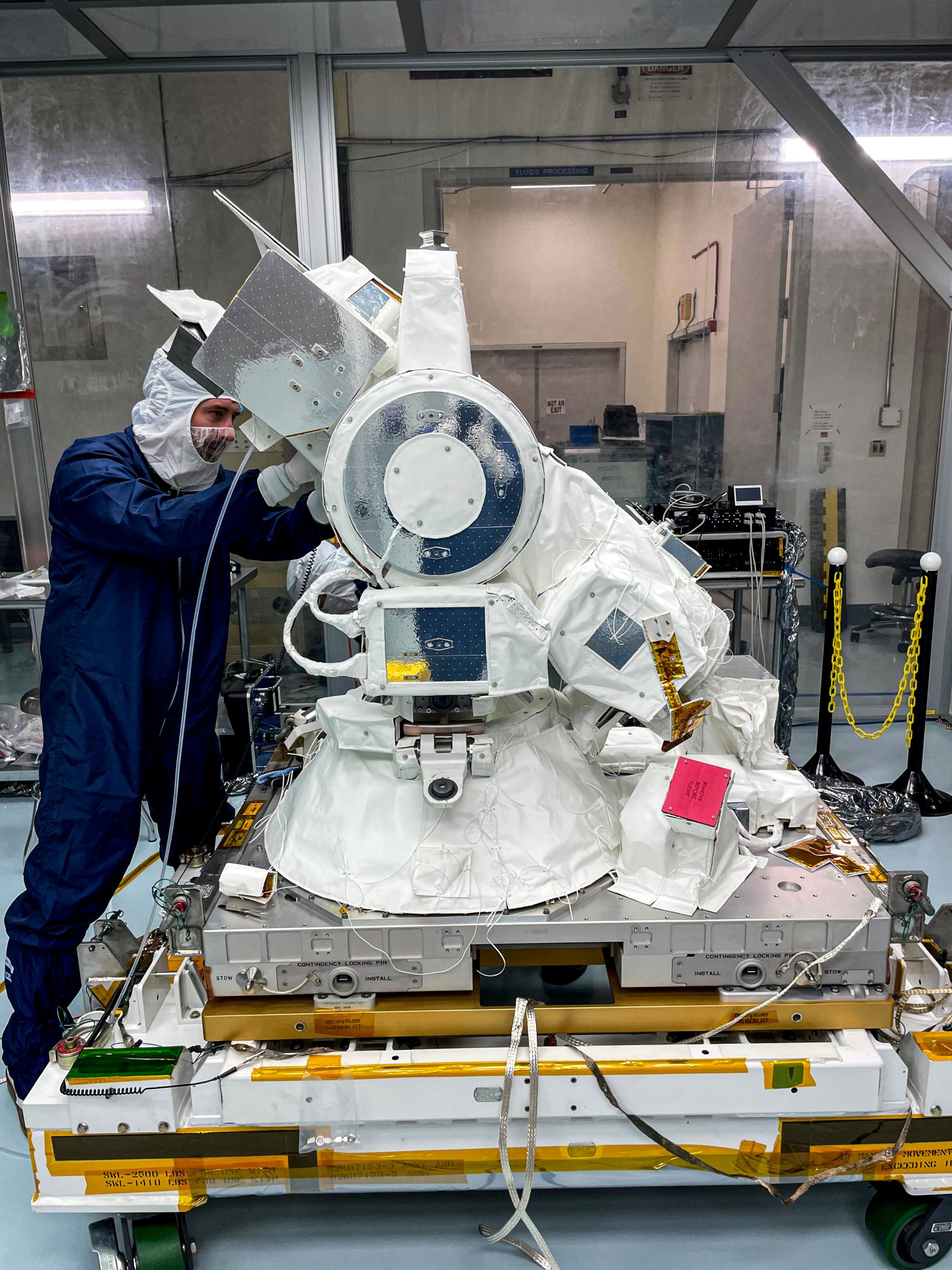Have you seen comet Tsuchinshan-ATLAS yet? If you’ve not been able to glimpse the bright, icy space rock that’s traveled from the edge of the solar system, it’s not too late. But you need to see it soon. The coma and long tail of comet Tsuchinshan-ATLAS, also called C/2023 A3 (Tsuchinshan–ATLAS), is currently shining at magnitude +0.5. That’s well within the grasp of the human eye. It’s likely now past its best, but only just, and will likely remain a naked-eye object after sunset in the west until, and possibly…
Read MoreDay: October 17, 2024
Europe launches ambitious ‘Moonlight’ program to support lunar exploration
MILAN — The European Space Agency (ESA) is building infrastructure to support lunar exploration. ESA officially launched the Moonlight Lunar Communications and Navigation Services (LCNS) program here at the International Astronautical Congress on Tuesday (Oct. 15), with the aim of providing services for the more than 400 moon missions planned by space agencies and private companies over the next two decades. Moonlight will be a constellation of five lunar satellites, which together will enable precise, autonomous landings and surface mobility, according to ESA, while facilitating high-speed communication and data transfer…
Read MoreNASA Selects Two Teams to Advance Life Sciences Research in Space
3 min read NASA Selects Two Teams to Advance Life Sciences Research in Space NASA announced two awards Thursday to establish scientific consortia – multi-institutional coalitions to conduct ground-based studies that help address the agency’s goals of maintaining a sustained human presence in space. These consortia will focus on biological systems research in the areas of animal and human models, plants, and microbiology. When fully implemented, the awards for these consortia will total about $5 million. Space biology efforts at NASA use the unique environment of space to conduct experiments…
Read MoreThe best 90s sci-fi movies
The 1990s was a time of firsts in the sci-fi genre – the beginnings of much-loved franchises, an exploration of new technologies, and a chance for directors to create new worlds like never before. It was a decade of risk-taking and trendsetting that still to this day continues to inspire the movie landscape from reboots to remakes, to sequels and prequels. Whether they’ve been successful or not, there’s no doubt that the 1990s most certainly thrived. Big A-List stars were invested in the genre, much like the best 80s sci-fi…
Read MoreImagining the Future
An unidentified illustration of NASA’s space shuttle. The space shuttle fleet flew 135 missions and helped construct the International Space Station between the first launch on April 12, 1981 and the final landing on July 21, 2011. There were five orbiters: Columbia, Challenger, Discovery, Atlantis and Endeavour.
Read MoreIowa Students to Connect with NASA Astronaut Aboard Space Station
NASA astronaut and Expedition 72 Flight Engineer Nick Hague in the space station cupola. (Credit: NASA) Students from Iowa will have the opportunity to hear NASA astronaut Nick Hague answer their prerecorded questions while he’s serving an expedition aboard the International Space Station on Monday, Oct. 21. Watch the 20-minute space-to-Earth call at 11:40 a.m. EDT on NASA+. Students from Iowa State University in Ames, First Robotics Clubs, World Food Prize Global Youth Institute, and Plant the Moon teams will focus on food production in space. Learn how to watch…
Read MoreNASA’s SpaceX 31st Resupply Mission to Launch Experiments to Station
NASA and its international partners are launching scientific investigations on SpaceX’s 31st commercial resupply services mission to the International Space Station including studies of solar wind, a radiation-tolerant moss, spacecraft materials, and cold welding in space. The company’s Dragon cargo spacecraft is scheduled to launch from NASA’s Kennedy Space Center in Florida. Read more about some of the research making the journey to the orbiting laboratory: Measuring solar wind The CODEX (COronal Diagnostic EXperiment) examines the solar wind, creating a globally comprehensive data set to help scientists validate theories for…
Read More